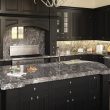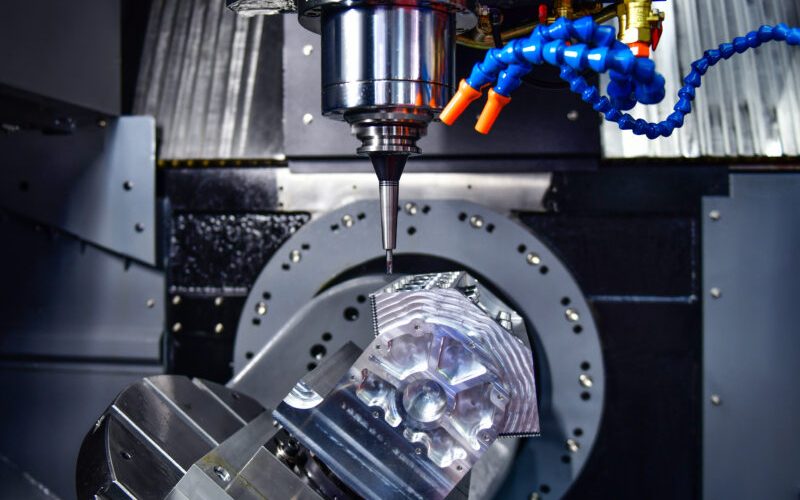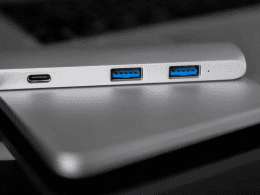Aluminum is one of the most widely used materials in CNC machining—valued for its light weight, high machinability, and excellent strength-to-weight ratio.
However, not all aluminum grades perform the same under machining conditions. Choosing the right aluminum alloy can make a significant difference in surface finish, dimensional accuracy, corrosion resistance, and cost.
Whether you’re producing aerospace brackets, medical housings, or electronic enclosures, understanding aluminum grades helps you select the best material for your CNC project.
This guide outlines the most common aluminum grades used in CNC machining, including their properties, typical applications, and machining performance.
Why Aluminum Is Popular in CNC Machining
Aluminum combines lightweight characteristics with good mechanical strength and corrosion resistance. It’s also thermally and electrically conductive, making it ideal for components in aerospace, automotive, consumer electronics, and industrial equipment.
Key advantages of aluminum in CNC machining:
-
Excellent machinability: High-speed cutting with minimal tool wear
-
Tight tolerances: Stable dimensional control
-
Versatility: Available in many alloys and tempers
-
Surface finish: Accepts anodizing and polishing
-
Cost-effective: Lower raw material and machining costs than titanium or copper
Major Aluminum Grades Used in CNC Machining
1. Aluminum 6061
Aluminum 6061 is the most commonly machined aluminum alloy.
It offers a strong balance between workability, strength, corrosion resistance, and price.
Key properties:
-
Moderate to high strength (Ultimate tensile strength ~290 MPa)
-
Excellent corrosion resistance
-
Good weldability
-
Anodizable surface
Applications:
-
Aerospace components
-
Bicycle frames
-
Automotive brackets
-
Fixtures and jigs
-
Consumer electronics
Machinability:
Rated as excellent. Produces clean chips and smooth finishes, especially in T6 temper.
2. Aluminum 7075
7075 is a high-strength aluminum alloy used in aerospace and military applications.
It has one of the highest strength-to-weight ratios among aluminum alloys.
Key properties:
-
Very high strength (UTS ~570 MPa)
-
Moderate corrosion resistance
-
Not ideal for welding
-
Anodizable, though not as clean as 6061
Applications:
-
Aircraft structural parts
-
Sporting goods (e.g., climbing gear)
-
High-performance automotive parts
-
Robotics frames
Machinability:
Good, but slightly less forgiving than 6061. Harder alloy may reduce tool life.
3. Aluminum 2024
2024 is known for its high fatigue resistance and strength but has limited corrosion protection.
Key properties:
-
High strength (UTS ~470 MPa)
-
Poor corrosion resistance—usually anodized or coated
-
Good fatigue resistance
-
Less weldable
Applications:
-
Aerospace fuselage parts
-
Military structures
-
Truck and trailer components
-
Aircraft fittings
Machinability:
Excellent for roughing and finishing. However, surface protection is usually required post-machining.
4. Aluminum 5052
5052 is a softer, more formable aluminum grade used in applications requiring bending and corrosion resistance.
Key properties:
-
Medium strength (UTS ~220 MPa)
-
Outstanding corrosion resistance (especially in marine environments)
-
Good weldability
-
Non-heat-treatable
Applications:
-
Marine equipment
-
Fuel tanks
-
Enclosures
-
Sheet metal panels
Machinability:
Lower machinability than 6061 or 7075. Produces stringy chips—requires sharp tools and chip breakers.
5. Aluminum MIC-6 (Cast Tooling Plate)
MIC-6 is a precision cast aluminum plate made for flatness and dimensional stability.
Key properties:
-
Pre-machined flat
-
Excellent dimensional stability
-
Non-heat-treatable
-
Moderate strength
Applications:
-
Machine bases
-
Fixtures and mounting plates
-
Mold components
-
Inspection jigs
Machinability:
Excellent. Cuts cleanly, minimal distortion, no internal stresses. Ideal for high-accuracy parts.
Aluminum Alloys Comparison Table
| Alloy | Strength (UTS) | Corrosion Resistance | Weldability | Machinability | Common Use Case |
|---|---|---|---|---|---|
| 6061 | ~290 MPa | High | Excellent | Excellent | General-purpose CNC parts |
| 7075 | ~570 MPa | Moderate | Poor | Good | Aerospace, high-load parts |
| 2024 | ~470 MPa | Low | Poor | Excellent | Aircraft structures |
| 5052 | ~220 MPa | Excellent | Good | Fair | Marine, consumer enclosures |
| MIC-6 | ~160 MPa | Moderate | N/A | Excellent | Precision plates, fixtures |
Factors to Consider When Choosing an Aluminum Grade
1. Mechanical Requirements
High-stress or load-bearing parts may require 7075 or 2024. For standard components with moderate strength needs, 6061 is sufficient.
2. Corrosion Resistance
Outdoor, marine, or chemical environments demand alloys like 5052 or anodized 6061. Avoid 2024 unless coated.
3. Weldability and Forming
If welding or bending is required, 6061 and 5052 are suitable. 7075 and 2024 are more brittle and difficult to weld.
4. Surface Finish and Anodizing
For cosmetic parts, 6061 offers the best anodizing results. 7075 can be anodized but may result in a duller appearance.
5. Tolerances and Flatness
When tolerance is critical, MIC-6 cast plate is preferred due to its pre-machined flatness and low residual stress.
CNC Machining Considerations for Aluminum
-
Chip removal: Aluminum cuts quickly but generates long, stringy chips in some grades. Use sharp tools and high helix cutters.
-
Coolant: Use water-soluble coolant to prevent built-up edge and aluminum adhesion to tools.
-
Tool coatings: Uncoated or TiB2-coated tools prevent aluminum from sticking to the cutting edge.
-
Feeds and speeds: Higher spindle speeds are ideal due to aluminum’s soft nature, but tool life should be monitored, especially with harder alloys like 7075.
Applications Beyond Aluminum
While aluminum remains a go-to for lightweight and machinable parts, many CNC projects may also involve other non-ferrous metals. For example, bronze machining is gaining popularity for its strength, wear resistance, and aesthetic finish in architectural, marine, and bearing applications.
You can explore more about non-aluminum metal machining such as bronze CNC machining services to diversify your material capabilities.
Summary: Choosing the Right Aluminum Grade
| If You Need… | Choose… |
|---|---|
| Balanced performance and versatility | 6061 |
| Maximum strength | 7075 |
| Fatigue resistance and aerospace use | 2024 |
| Best corrosion resistance | 5052 |
| Dimensional stability and flatness | MIC-6 |
Selecting the correct aluminum grade ensures optimal CNC performance, longer tool life, better part durability, and lower production cost. Always match the alloy properties with your project’s application, tolerance, and finishing needs.
Final Thoughts
Aluminum CNC machining delivers excellent results—when the right grade is chosen.
From rapid prototypes to structural components, aluminum alloys offer an unmatched blend of machinability and performance. Whether you’re machining enclosures for electronics, fixtures for automation, or aerospace brackets, understanding alloy differences empowers better design decisions.
Need help choosing the best aluminum or non-ferrous metal for your CNC project? A professional shop that understands material behavior and machining strategy can help you strike the right balance between cost, performance, and lead time.












